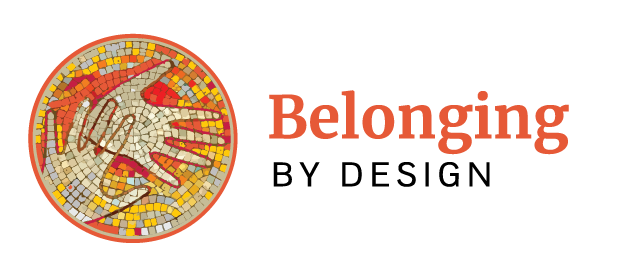The How and Where of Work
What We Can Learn From Dropbox
If you haven’t noticed, there’s a battle raging over where we work.
Not in every industry of course – but in our post-pandemic readjustment, the dust has yet to settle on whether and how often we should show up to work in person.
Ask any recruiter and they’ll share stories of pleading with applicants and hiring managers to meet halfway with more (or fewer) days in the office. Many employers are actively searching for the right balance: attracting and retaining talent, while building and aligning high-functioning teams.
The real question though, isn’t WHERE we work, it’s HOW.
Whatever configuration of remote vs. in-person, how might we cultivate engaged, cohesive, productive teams, while supporting workers with the flexibility and work-life harmony they need?
One company – San Francisco-based cloud storage company Dropbox – has navigated this dilemma better than most, designing a distributed work model called “Virtual First” that is proving highly successful. In a recent internal survey, 70% of responding employees say the model makes them more effective than they would be in an office – by establishing both uninterrupted work time as well as structures for better collaboration and communication.
I’m not suggesting Dropbox’s model should be replicated everywhere. Every organization has its own goals, priorities and parameters. But Virtual First illuminates 5 key design principles that we can all use to create our best work environments.
Design for specific outcomes. Get clear about what you are trying to accomplish through your workplace culture. Dropbox designed Virtual First to 1) level the playing field for equal access and opportunity among employees; 2) strengthen work-life harmony for team members, and 3) maximize team productivity and collaboration.
Make space for in-person. Virtual First is primarily remote, with no hybrid work allowed (in order to maintain equity and fairness across teams). But employees come together at least quarterly IRL for offsites, strategy sessions and planning meetings, thoughtfully designed to strengthen relationships and cohesiveness. 30+ Dropbox Neighborhood groups gather co-located employees for fun, community-building and other in-person experiences.
Structure for collaboration. Dropbox workdays are built around core collaboration hours (4-hour company-wide blocks) across time zones, leaving the rest of the day for employees to focus and work flexibly. Meetings are for discussion, debate and decision-making; any other topics are pushed to asynchronous communication.
Equip employees to do it right. Dropbox’s Virtual First expectations are clearly communicated and modeled consistently throughout the company. Employees have access to a Virtual First Toolkit with “practical, virtual-friendly exercises” to strengthen remote teams, communicating better, and work more effectively.
Keep evolving and improving. Dropbox has surveyed its workers twice since launching Virtual First to better understand how the model was working and what needed to be fixed. Each time, they made changes or added resources in response to employee feedback. In addition, Dropbox acknowledges that as work expectations and needs change, the model should be continuously adapted.
These principles may result in dramatically different workplace configurations from company to company, but they can help you ensure that employees feel connected and supported to do their best work – no matter where your organization lands on the in-person to remote spectrum.
Belonging by Design is helping clients of all sizes figure out how to work better no matter where their people work.

